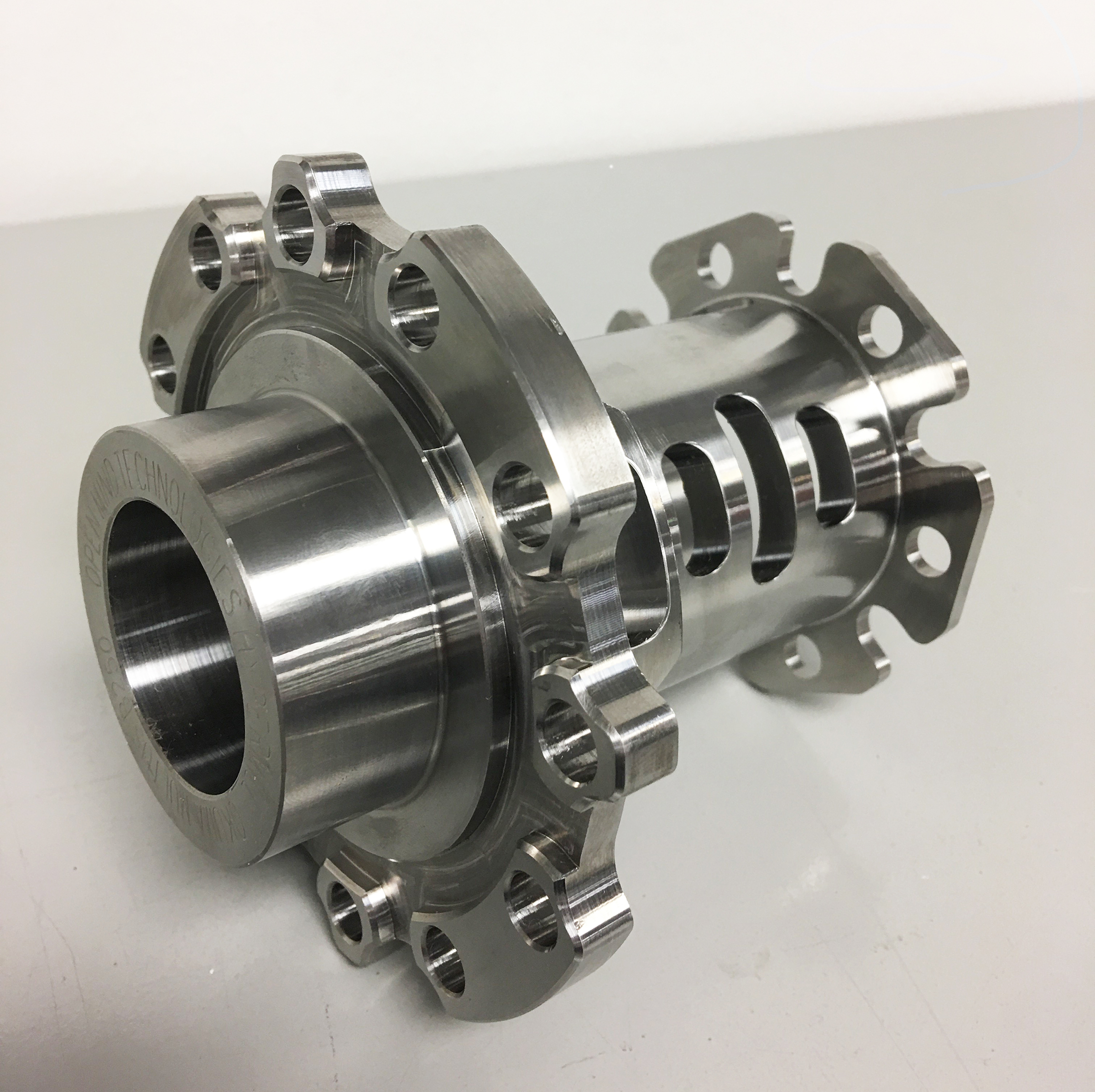
NEEDHAM, MA U.S.A. (August 13, 2018) – OPEN MIND Technologies AG , a developer of CAD/CAM software solutions worldwide, has announced it has recently partnered with Okuma America Corporation, joining the Partners in THINC collaboration, founded by Okuma.
OPEN MIND and Okuma collaborated to develop an intricate turn-mill part on an Okuma MULTUS B250II, Horizontal Multitasking Machine.
OPEN MIND's strong focus on CAM, and its continued commitment to the latest technologies, produces trend-setting innovations that make it significantly easier for customers to achieve substantial quality, time and cost improvements. OPEN MIND's hyperMILL® software is a state-of-the-art CAM solution with 2.5D, 3D, 5-axis milling and turning strategies, as well as specialty applications, that are all available in one interface.
"We are looking forward to collaborating with Okuma and the members of Partners in THINC to bring the most advanced, integrated solutions to manufacturers," said Mr. Alan Levine, Managing Director for OPEN MIND Technologies USA, Inc. "As we continually strive to keep our CAD/CAM solutions at the forefront of the industry, we welcome the opportunity to work together with other leading companies to enable customers to leverage our technology to meet and exceed their production needs."
"We are extremely pleased to welcome OPEN MIND to Partners in THINC," said Wade Anderson, Director, Partners in THINC. "OPEN MIND's globally recognized, powerful 5-axis and multifunction CAD/CAM solutions will strengthen and expand our technology portfolio to address the needs of the expanding additive manufacturing segment and much more."
Okuma and OPEN MIND collaborate on 4-axis and 5-axis projects for various Okuma machines including machining centers, multi-function mill-turn machines and hybrid technology, resulting in significant improvements in precision, reliability and quality for increased customer productivity.
Contact Details
Contact Details
Related Glossary Terms
- centers
centers
Cone-shaped pins that support a workpiece by one or two ends during machining. The centers fit into holes drilled in the workpiece ends. Centers that turn with the workpiece are called “live” centers; those that do not are called “dead” centers.
- computer-aided manufacturing ( CAM)
computer-aided manufacturing ( CAM)
Use of computers to control machining and manufacturing processes.
- gang cutting ( milling)
gang cutting ( milling)
Machining with several cutters mounted on a single arbor, generally for simultaneous cutting.
- milling
milling
Machining operation in which metal or other material is removed by applying power to a rotating cutter. In vertical milling, the cutting tool is mounted vertically on the spindle. In horizontal milling, the cutting tool is mounted horizontally, either directly on the spindle or on an arbor. Horizontal milling is further broken down into conventional milling, where the cutter rotates opposite the direction of feed, or “up” into the workpiece; and climb milling, where the cutter rotates in the direction of feed, or “down” into the workpiece. Milling operations include plane or surface milling, endmilling, facemilling, angle milling, form milling and profiling.
- turning
turning
Workpiece is held in a chuck, mounted on a face plate or secured between centers and rotated while a cutting tool, normally a single-point tool, is fed into it along its periphery or across its end or face. Takes the form of straight turning (cutting along the periphery of the workpiece); taper turning (creating a taper); step turning (turning different-size diameters on the same work); chamfering (beveling an edge or shoulder); facing (cutting on an end); turning threads (usually external but can be internal); roughing (high-volume metal removal); and finishing (final light cuts). Performed on lathes, turning centers, chucking machines, automatic screw machines and similar machines.








